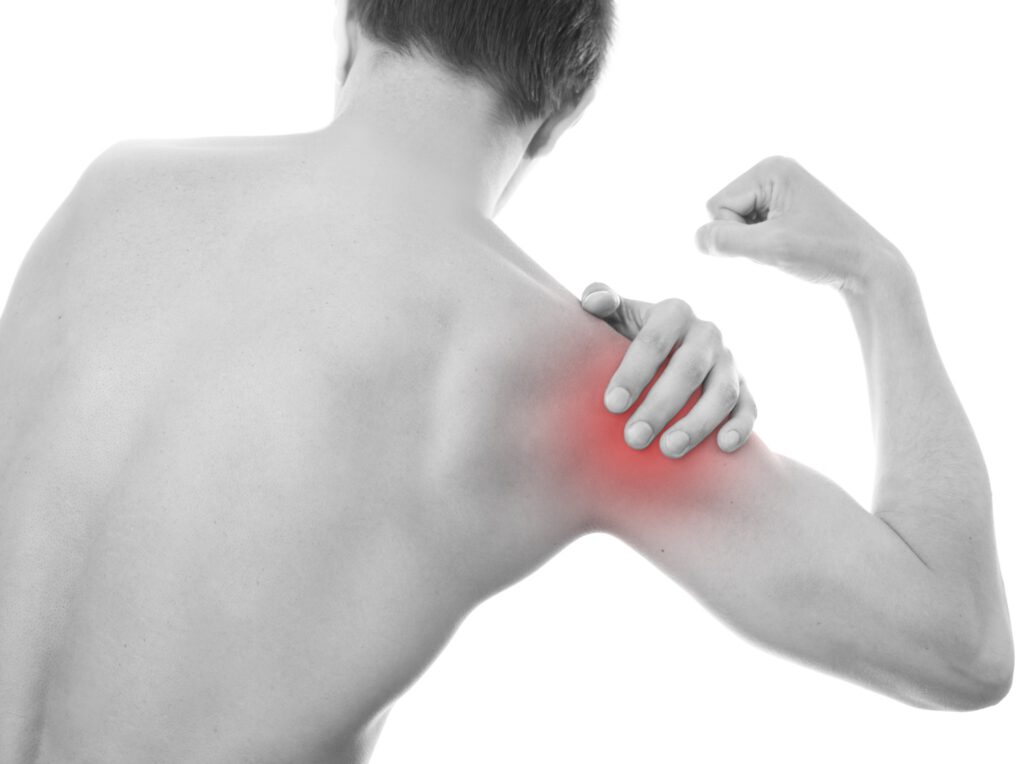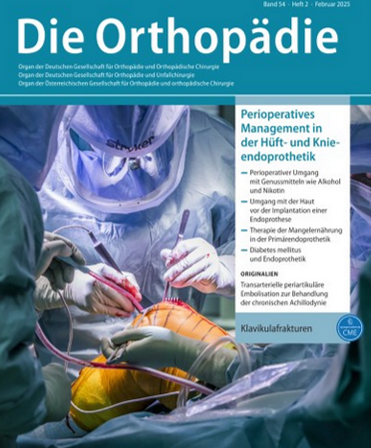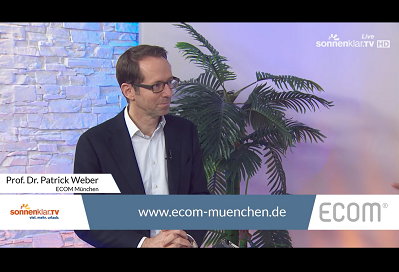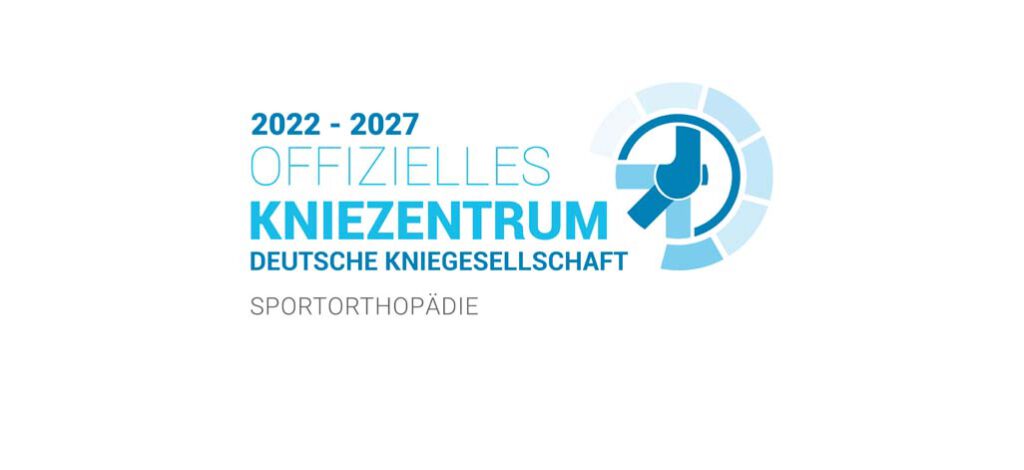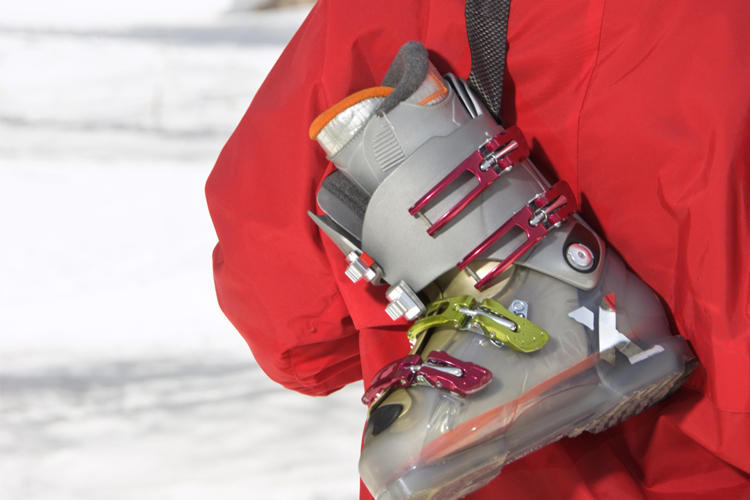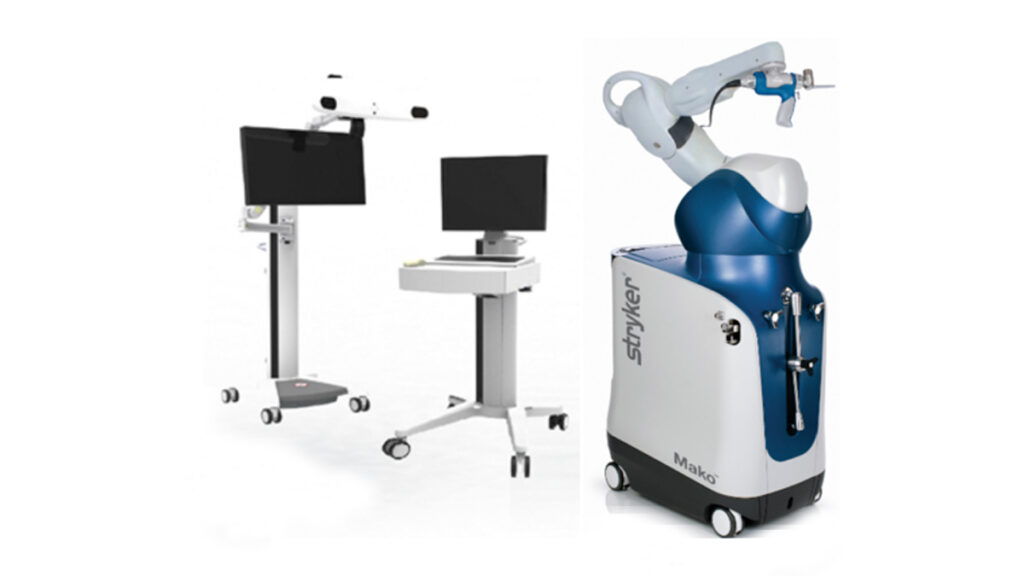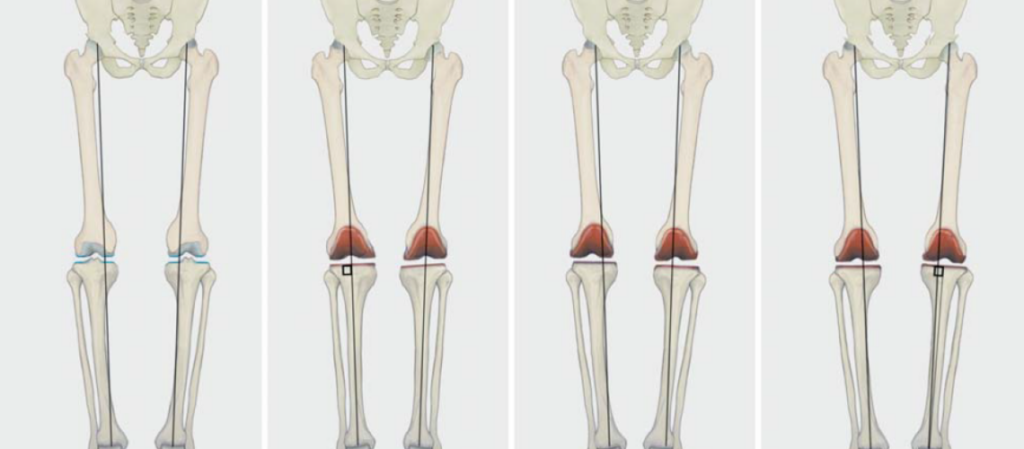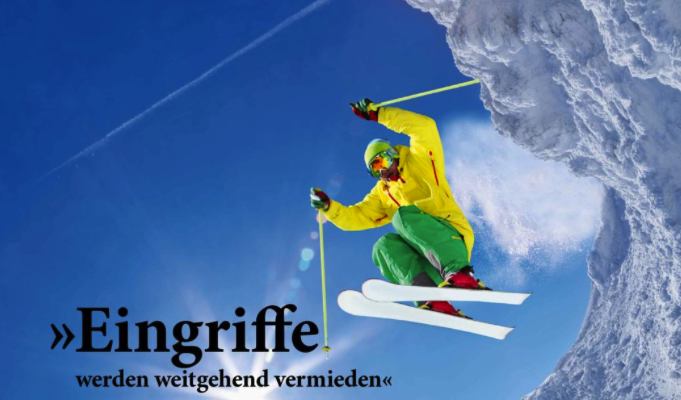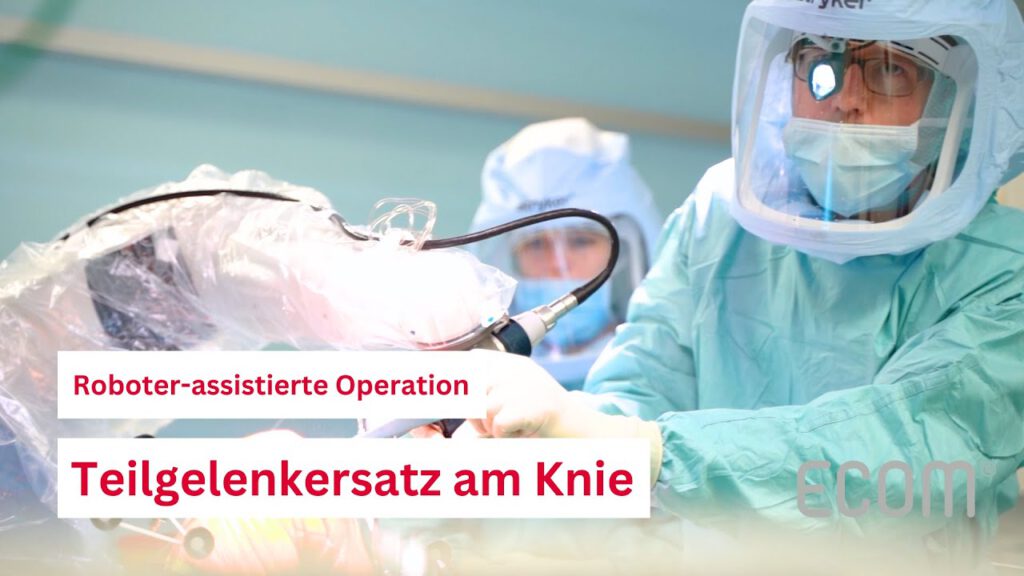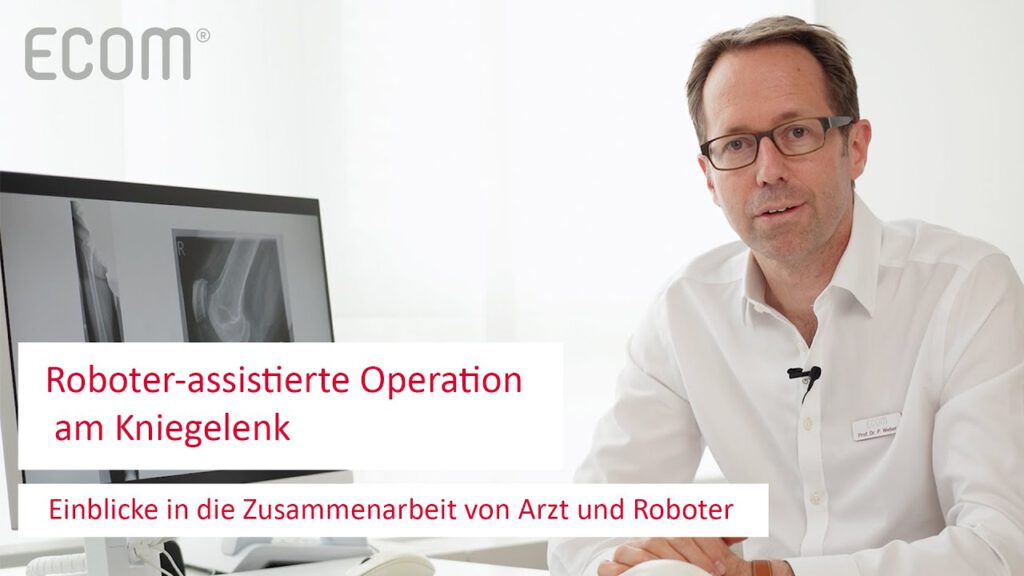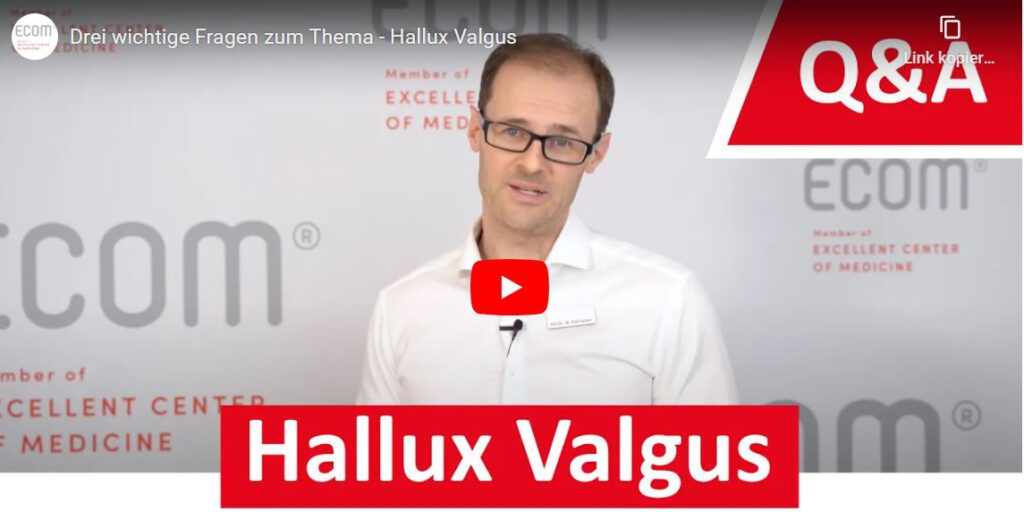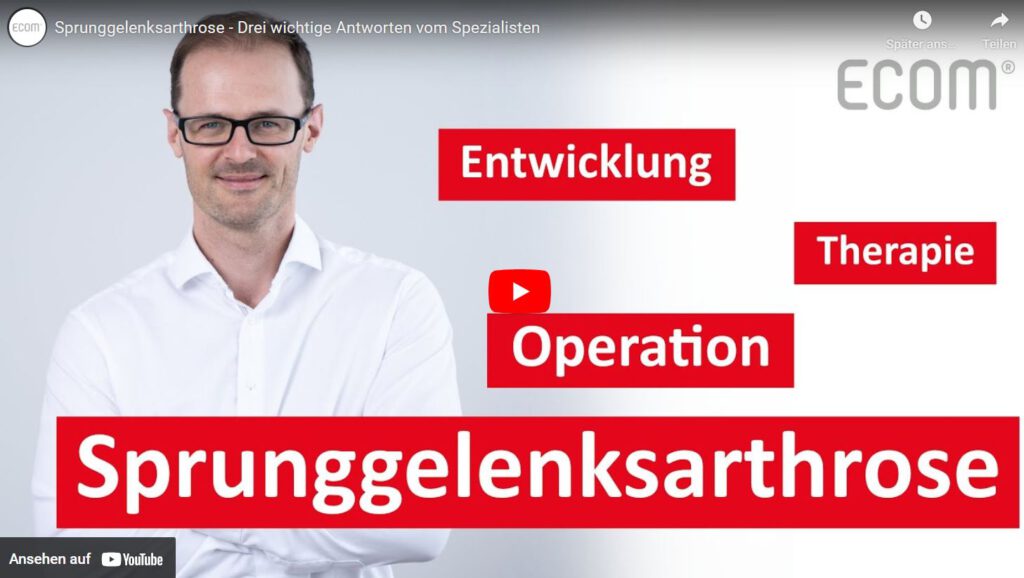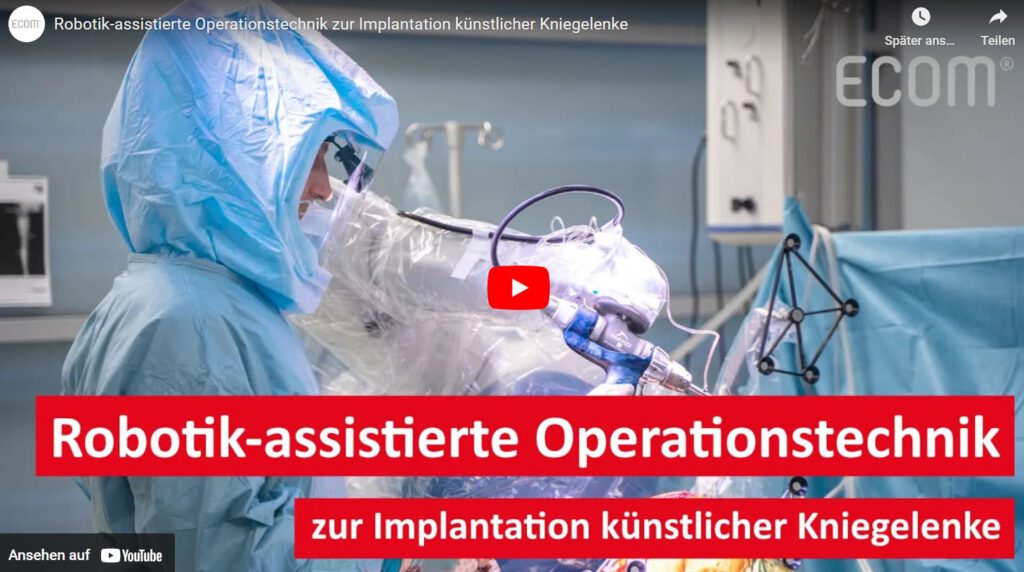Schulteroperationen waren in der Vergangenheit oft aufwendige Eingriffe. Dank moderner, minimalinvasiver Operationsverfahren mit Arthroskopie sind Schulteroperationen heute sehr erfolgreich und risikoarm. Mit der Schulterarthroskopie behandelt der Schulterexperte Schäden am Schultergelenk durch kleinste Hautschnitte, wodurch heute vielen Patienten effektiv und sicher geholfen werden kann, die früher dauerhaft leiden mussten.
Bei der Schulterarthroskopie beurteilt der erfahrene Operateur sämtliche Schäden am Schultergelenk mit der Minikamera exakt und kann diese bei Bedarf direkt im Anschluss gezielt behandeln. In der Regel werden hierfür zwei oder drei jeweils nur ca. 3 mm kleine Schnitte benötigt.
Über einen dieser Zugänge wird eine kleine Optik in das Schultergelenk eingebracht. An diese Optik ist eine Minikamera angeschlossen, mit der das Innere der Schulter samt aller wichtigen Strukturen (Sehnen, Bänder, Schleimbeutel, Knorpel) auf einem Monitor exakt beurteilt werden kann. Über einen weiteren kleinen Schnitt werden Schultererkrankungen bei Bedarf mit entsprechenden Spezialinstrumenten operiert.
Durch eine rechtzeitige Behandlung mit Schulterarthroskopie können langwierige Schultererkrankungen verhindert und dauerhafte Einschränkungen vermieden werden. Besonders die Auslöser und Ursachen einer Schulterarthrose können so rechtzeitig behoben werden, bevor das Schultergelenk durch Abnutzung steif und unbeweglich wird.


